Australia So Much to See


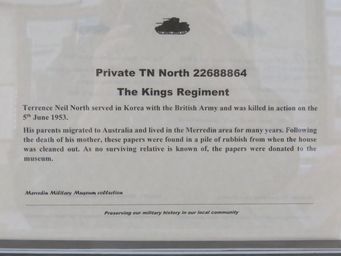
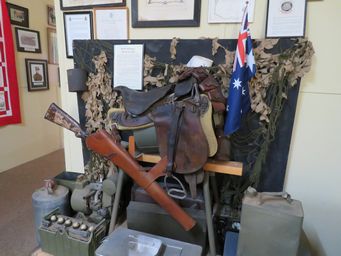
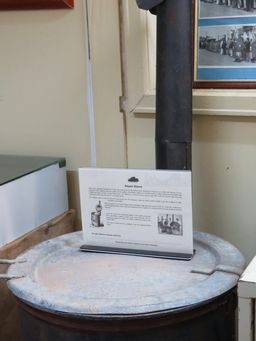
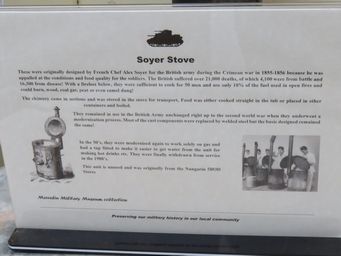

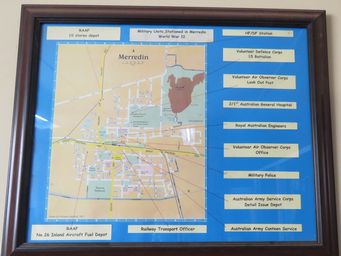

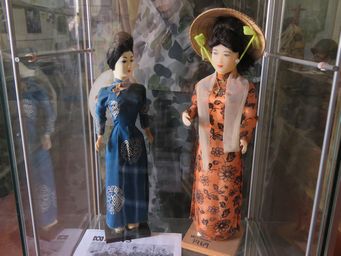
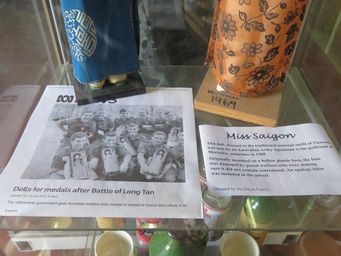
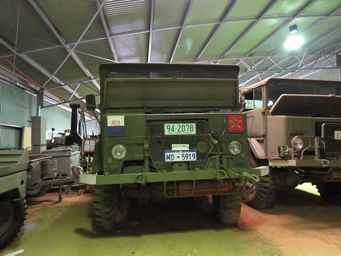



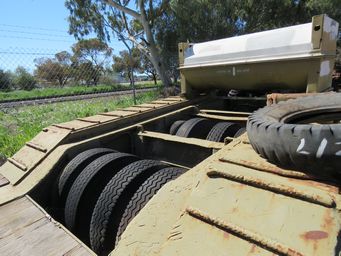

Inside the shed there are restored trucks, vehicles and equipment, most in working order. 25 Pounder Field Gun.
The
25-pounder remained the standard gun in Australian field artillery regiments until replaced in the early 1960s by the American built
M2A2 105mm Howitzer. It did remain in use with Reserve regiments until 1975 when it was finally withdrawn from service.
The Vietnamese Government gave Australian soldiers traditional Vietnamese dolls to honour their efforts in the Vietnam war.
Another restoration project is the M3 Stuart Light Tank, weighing 12,500 kilograms (12.5 tonne). This tank carried a crew of four.
The trailer this tank was transported on is a unique design, with central tyres to carry the weight.
The army hospital, brought from the middle east was erected here early in 1942 during World War 2.
This hospital consisted mainly of
24 tents each capable of holding 20 patients, hastily erected here in the latter half of 1942 when armed forces returned from overseas
to protect Australia, at a time when Australia feared an invasion.
By November 1942, the hospital had 5 Medical Orderlies,
34 Australian Army Nursing Service nurses, 11 Voluntary Aid Detachment/Australian Army Medical Service personnel, and 143 other ranks. The 264 tent hospital received its first patients 14th November 1942 when an Ambulance train arrive with 148 patients. By January
1943, the hospital had 267 admissions and permanent buildings were slowly replacing the tents.
The hospital was shifted
to the war zone in New Guinea in August 1943 after having been at Merredin for less than twelve months.
The Soyer Stove was designed by French Chef Alex Soyer for the British Army during the Crimean War in 1855-1856. The British Army had suffered over 21,000 deaths of which 16,300 were not from battle but from disease.
Influenced by the tactics of the Boer War commandos, an anthropologist, Major W.E. Stanner, visualised a highly mobile unit (horse
based rather than wheeled), with good radio links, light weapons and made up of men with a bush background and adventurous spirit
who could live outdoors for months at a time, operating in small groups, on their own initiative. Needless to say, many volunteers
were ex-Light horsemen. Like the Boer War commandos, they would operate without medical assistance or hope of casualty evacuation.
Equipment, in addition to conventional military weapons, included .22 calibre rifles and shotguns to provide themselves with tucker.
See more on The Australian Light Horse Association - 2/1st North Australia Observer Unit
Following the attack on Darwin, the huge inhabited area and a long unprotected coastline in the north left the country wide open to
infiltration. Anthropologist, Major W.E. Stanner was contracted to set up a network of 600 men, known as Curtinís Cowboys, and
calling themselves Nackeroos. The Unit was equipped with over 1,000 horses, donkeys and mules, some of which were rounded up in the
wilds and broken in. This saddle and kit is an example of that was used by the Nackeroos.

If walking around all of these displays proves too tiring, there is a kitchen where you can sit and rest, or for a donation, make
a coffee or tea or have a can of soft drink. Further donations are welcomed to enable the volunteers to continue their work
in collecting, restoring and displaying items of significance.
The duty volunteers are happy to have a chat and talk about
or show you the vehicles and equipment on display, and about the local area in general.